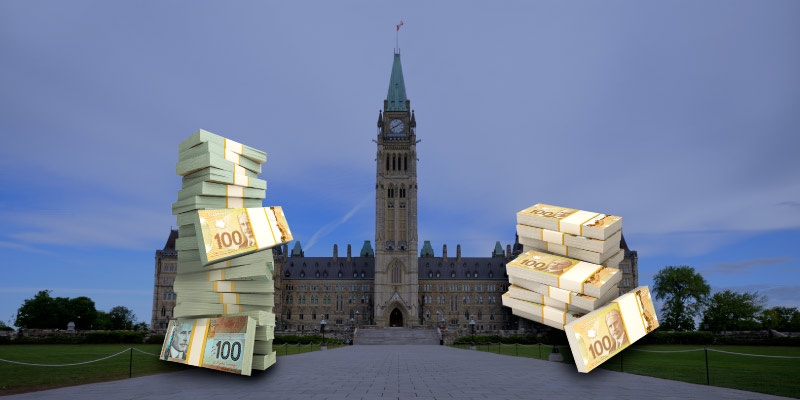Why Is Equalization Still Growing? 2021 Update
— Publié le 4, November, 2021

Main Conclusions
- Equalization is a federal government program that transfers tax dollars collected from taxpayers across the country to provincial governments in provinces with lower fiscal capacity, that is, less ability to raise revenue at given tax rates.
- In recent years, largely as a result of economic slumps in provinces with large oil and gas sectors, the gap between the fiscal capacity of recipients and non-recipients has shrunk significantly. Despite this narrowing gap, aggregate equalization payments continue to grow under a rule in the program’s formula that requires continued year-to-year growth.
- The convergence in the fiscal capacities of recipient and non-recipient provinces is causing the Fixed Growth Rate (FGR) rule to act as a floor for payments rather than a ceiling that constrains growth, the intended purpose of the rule.
- Payments that would not be made in the absence of the Fixed Growth Rate (FGR) rule should be considered overpayments.
- This bulletin provides the most detailed existing forecasts of the evolution of likely adjustment payments resulting from the Fixed Growth Rate (FGR) rule over the next five years under various economic scenarios.
- One scenario leads to a forecast of equalization overpayments rising from $500 million in 2021/22 to $8.9 billion in 2025/26.
- All of our scenarios imply significant changes in the distribution of equalization payments in the years ahead. Specifically, we project that by 2025/26 Ontario is likely to become a recipient province. This has important implications for the equalization entitlements of all other have-not provinces.



